Wednesday, 3 December 2025
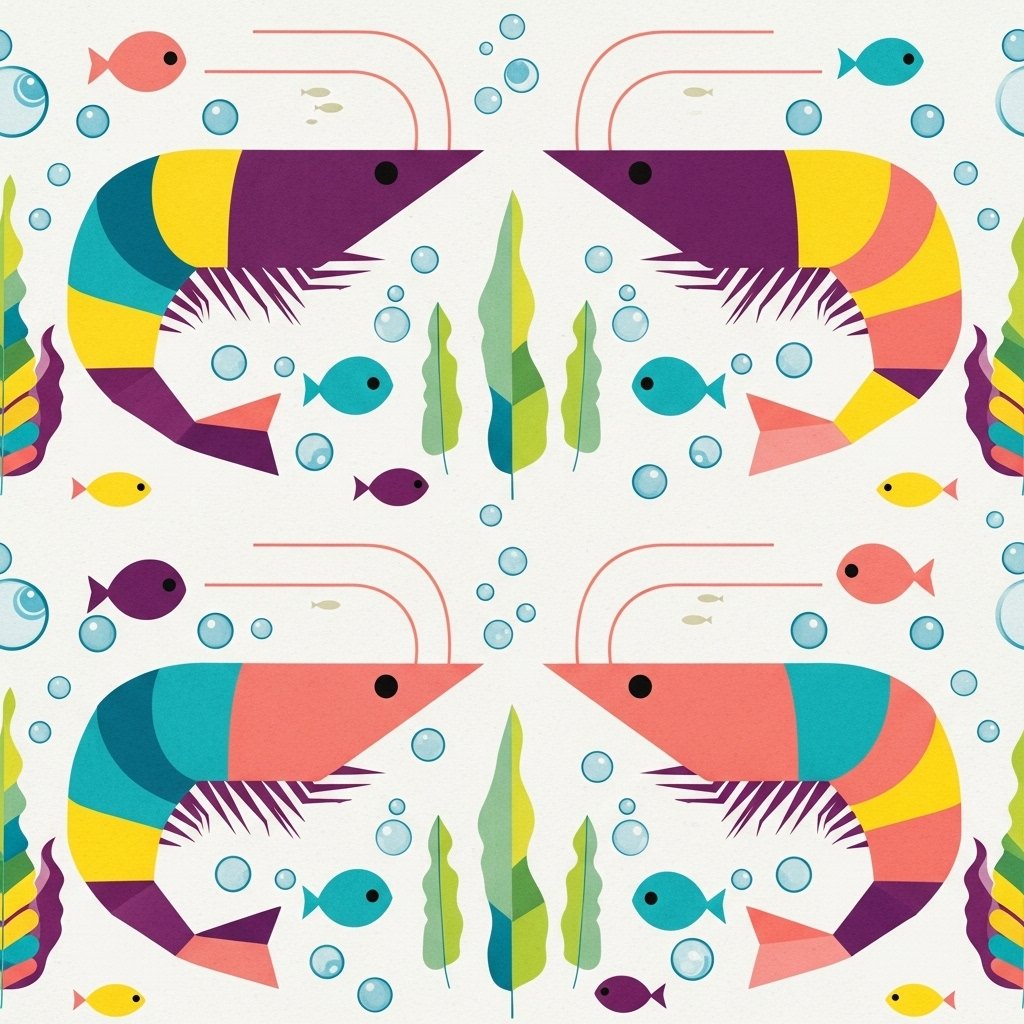
EU shrimp imports are booming, with ShrimpBytes data showing a 24 per cent year-on-year surge in July and a 21 per cent rise in volumes for January–July 2025, reaching 249,302 MT worth €1.59 billion. Ecuador dominates with a 41 per cent year-to-date increase, cementing its status as Europe’s top supplier, though this concentration raises supply risk concerns. India and Vietnam are regaining ground, with India ramping up volumes despite margin pressures and Vietnam leveraging its edge in value-added products for premium retailers. Bangladesh is emerging as a fast-growing challenger, while Venezuela continues its dramatic collapse. With prices climbing 27 per cent year-on-year and Q4 demand looming, Europe faces a test of balancing price stability, diversification, and sustainability in its shrimp supply chain.
The European Union’s shrimp import machine is running hotter than ever. According to ShrimpBytes, July numbers show a 24 per cent year-on-year surge in shipments of raw frozen Penaeus shrimp and value-added products from Asia, Latin America, and Africa, hitting 44,010 metric tons (MT) for the month. That caps a blistering January–July run with total volumes up 21 per cent year-on-year, and import values soaring 27 per cent to €1.59 billion.
For a continent still grappling with food inflation, retail price sensitivity, and consumer demand for sustainable seafood, this growth is striking. It reflects more than just appetite — it is a story of supply chain resilience, shifting geopolitics, and the quiet rise of new suppliers that are redrawing the shrimp trade map.
The Numbers Tell a Strong Story: Europe Is Buying Big
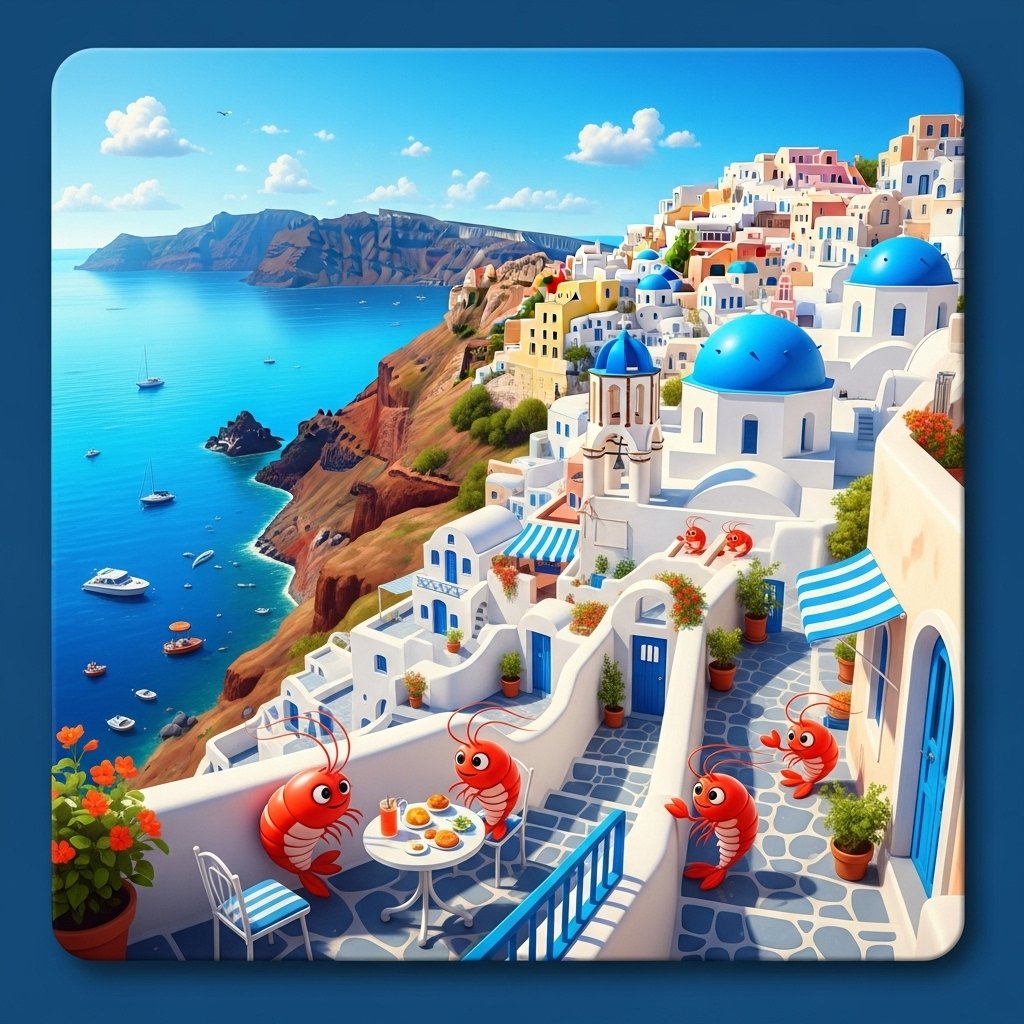
The headline figures are hard to ignore. ShrimpBytes data shows EU shrimp imports in July alone stood at 44,010 MT, a 24 per cent jump over last year, while import values rose 19 per cent to €270 million. For the first seven months of 2025, cumulative imports reached 249,302 MT, a 21 per cent increase, with value climbing to €1.59 billion — a remarkable 27 per cent year-on-year surge.
What makes this surge particularly compelling is its consistency across months. March set the tone with a dramatic 39 per cent leap, and momentum carried through into the summer. June and July combined saw more than 84,000 MT shipped, volumes that would keep supermarket freezers well stocked from Lisbon to Warsaw. Southern EU, historically the anchor market comprising Spain, Italy, and France, continues to dominate demand, absorbing 25,748 MT in July — a 24 per cent year-on-year rise. Yet perhaps the most interesting story lies further east: Eastern Europe saw imports soar by 66 per cent in July after a period of lackluster performance, signaling that middle-class consumers east of Berlin are beginning to embrace premium seafood as incomes and purchasing power rise.
Ecuador’s Relentless Rise — And What It Means for Global Pricing

No supplier has ridden this wave harder than Ecuador. ShrimpBytes reports that the Andean nation sent 24,315 MT to the EU in July, an astonishing 53 per cent more than a year ago. Its year-to-date tally now stands at 139,078 MT, a massive 41per cent increase. This performance cements Ecuador’s position as Europe’s top shrimp supplier and demonstrates a carefully constructed export strategy that other nations are racing to replicate.
Ecuador’s dominance rests on several pillars. The country has pursued sustainable intensification aggressively, adopting biofloc systems, precision feeding, and farm-to-fork traceability platforms that not only boost yields but also ensure full compliance with EU sanitary and sustainability requirements. Its dollarized economy provides pricing predictability for European buyers, protecting them from currency volatility. Furthermore, Ecuadorian producers have been successful in bypassing traditional trading intermediaries, striking direct partnerships with major European supermarket chains, particularly in Spain and France, allowing them to capture better margins while giving retailers security of supply.
Yet Ecuador’s dominance poses an important question for the industry: Is Europe over-relying on a single supplier? Market concentration risk is a looming concern, and buyers may need to diversify procurement to hedge against potential supply shocks.
India: Regaining Ground but Facing Margin Pressures
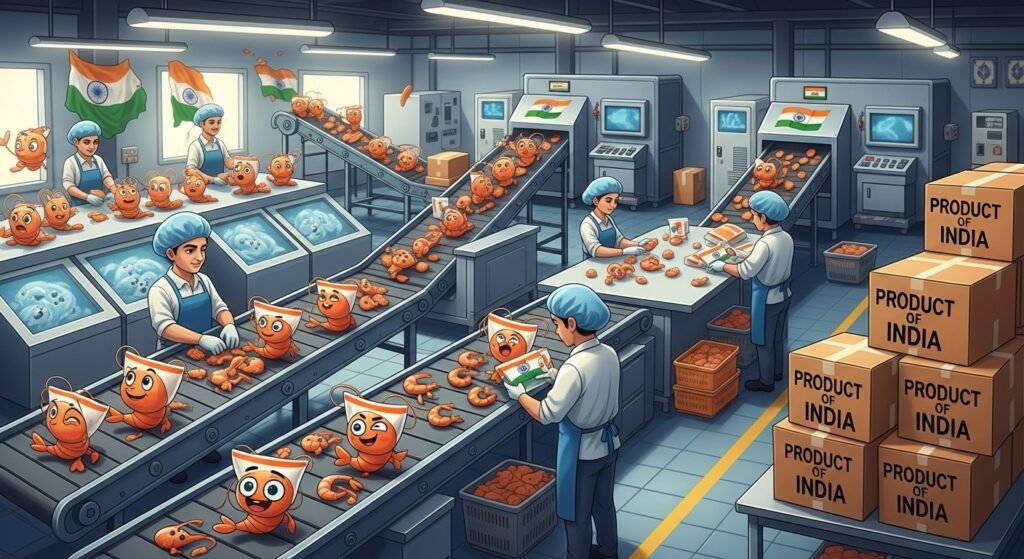
India remains Europe’s second-largest shrimp supplier, shipping 31,077 MT so far this year — a healthy 25 per cent increase from last year. July shipments climbed 23 per cent , confirming that India is regaining momentum after a challenging period. However, behind the growth numbers lies a story of compressed profitability and operational complexity.
Indian exporters face fierce competition on price, with Ecuador’s lower farm-gate costs forcing Indian players to tighten margins. India also continues to allocate a significant portion of its output to the U.S. market — still its single largest destination — leaving EU shipments as a balancing act rather than a primary focus. At the same time, compliance remains an ongoing challenge. The EU’s strict microbiological and antibiotic residue standards have kept processors under pressure, and while the number of rejected consignments has declined, the reputational and financial risks remain real.
Nevertheless, India is making strategic investments to improve its competitiveness. Recirculating aquaculture systems (RAS) and advanced broodstock genetics are being adopted more widely, yielding better consistency and productivity. A gradually depreciating rupee could also provide Indian exporters with a pricing advantage in the coming months, improving their competitiveness in the European market as the year closes out.
Vietnam: Slow but Steady, with a Value-Added Edge
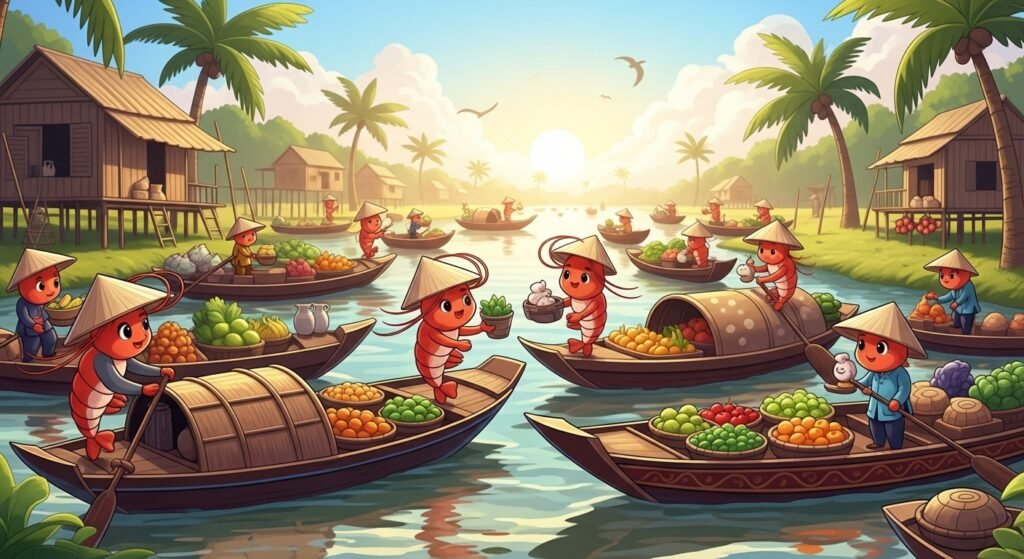
Vietnam continues to strengthen its position as Europe’s value-added supplier of choice. July exports to the EU rose 3 per cent to 5,638 MT, pushing cumulative shipments to 29,787 MT — an 18 per cent gain year-on-year. Unlike Ecuador or India, Vietnam’s edge lies not in raw shrimp volume but in its sophisticated processing capacity, which enables it to deliver ready-to-cook, breaded, and skewered products to Europe’s premium retailers.
This capability allows Vietnam to serve the growing segment of European consumers who favor convenience and are willing to pay a premium for it. While raw shrimp prices fluctuate and compress margins, value-added product lines provide greater price stability, offering Vietnamese exporters an insulating cushion against volatility.
Venezuela’s Collapse and Bangladesh’s Surprise Surge
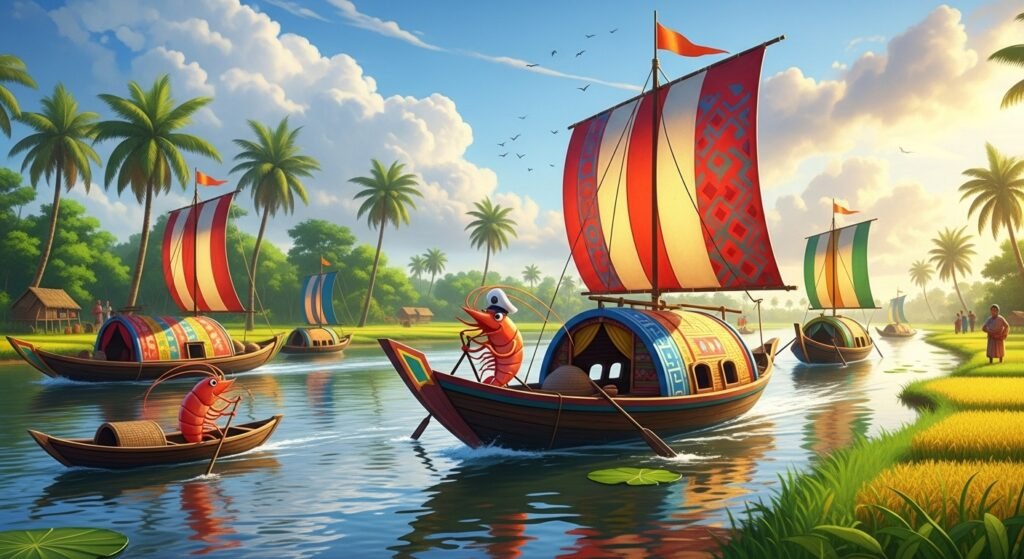
Venezuela tells the opposite story — a cautionary tale of lost momentum. Its July exports fell 44 per cent compared with the previous year, and year-to-date volumes are down a staggering 46 per cent. Political instability, patchy farm operations, and underinvestment in cold chain infrastructure have eroded Venezuela’s ability to compete, causing its market share to steadily evaporate.
Bangladesh, by contrast, is surprising analysts. July shipments were up 75 per cent year-on-year, and cumulative exports have climbed 29 per cent to 6,932 MT. The country has made renewed investments in hatchery technology and government programs supporting black tiger shrimp (Penaeus monodon) production. Eastern Europe in particular appears to be a growth destination for Bangladeshi shrimp, which could make the country one of the fastest-growing suppliers to the EU in the coming years.
Raw Frozen vs. Value-Added: Europe Still Loves Its Whole Shrimp

Despite the growth of processed convenience foods, raw frozen shrimp still dominates the EU market, accounting for nearly 87 per cent of all imports so far this year — 217,700 MT out of 249,302 MT. July volumes alone surged 26 per cent over last year, underscoring the enduring demand from wholesalers, foodservice companies, and at-home cooks who prefer whole shrimp as a versatile ingredient.
Value-added shrimp, though still a smaller share, is steadily climbing, with January–July volumes up 21 per cent . As household cooking habits shift and retailers push private-label cooked shrimp and ready-meal kits, this segment is expected to play a bigger role in the future, especially in Northwestern EU markets where convenience formats are already popular.
The Price Picture: Will EU Retailers Blink?
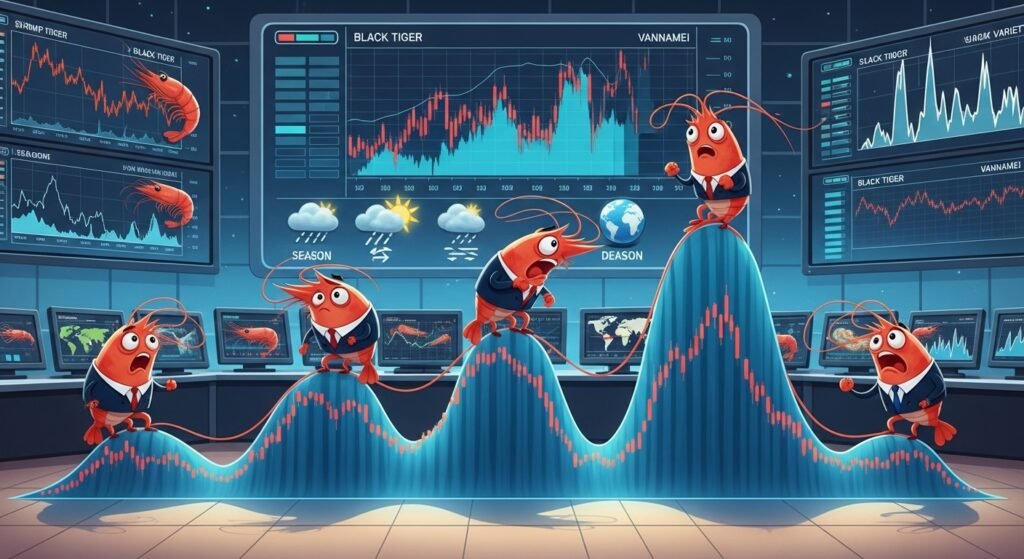
Import prices have been climbing in tandem with volumes, with value rising 27 per cent year-on-year over the first seven months of 2025. March saw an especially pronounced spike, with import values jumping 56 per cent compared with the prior year, signaling a tightening of supply and elevated global benchmark prices.
Ecuadorian prices have remained stable and competitive, supported by economies of scale and premium traceability credentials that European buyers trust. Indian shipments have come in at slightly higher average prices per kilo, reflecting smaller farm sizes and higher compliance costs, while Vietnamese shrimp command an even higher price tag, but European retailers have been willing to pay the premium for the convenience factor and guaranteed consistency.
For now, European consumers seem to be absorbing these increases, but with inflation still a political flashpoint, discount retailers may soon push back on suppliers to keep shelves affordable. The next few months could test how far the market is willing to stretch before trading down to cheaper proteins.
Bottom Line
Europe’s shrimp appetite is not just back — it is booming. The July surge, captured in ShrimpBytes’ analysis, shows a market that remains hungry for supply despite persistent inflationary headwinds. Ecuador’s dominance is impressive but carries concentration risk, while India and Vietnam are rebuilding momentum and Bangladesh is emerging as an unexpected challenger.
As the EU heads into the critical Q4 demand season — from Spanish Christmas feasts to Scandinavian New Year spreads — the central challenge for buyers will be balancing price, provenance, and predictability. For now, the upward curve shows no sign of flattening, and Europe’s seafood industry is bracing for another strong quarter that could set the tone for 2026.
— Suchetana Choudhury (suchetana.choudhuri@agrospectrumindia.com)